Now Reading: Top 5 Best Places Visiting in Narsimhapur – Temples, Forts & Natural Wonders
-
01
Top 5 Best Places Visiting in Narsimhapur – Temples, Forts & Natural Wonders

Top 5 Best Places Visiting in Narsimhapur – Temples, Forts & Natural Wonders
1.Osho Ashram
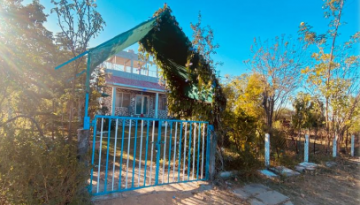
A peaceful sanctuary established as the Osho Ashram exists along the Shakkar River’s peaceful banks in Gadarwara town of Madhya Pradesh. The abode of Rajnish Osho (Chandra Mohan Jain) at Gadarwara holds both spiritual and cultural value because he spent his childhood years there while serving as a renowned spiritual master and philosopher.
Osho lived his developing years in the town of Gadarwara in Madhya Pradesh. The sleepy town of Gadarwara experienced the development of one of the 20th century’s most significant spiritual minds because it provided the environment for childhood playground activities along its river and early education. Osho initiated his spiritual journey when he reached 14 years of age at this location by practicing deep meditation while observing austerity in its natural and peaceful environment.
Significance of Osho Ashram
The Osho Ashram in Gadarwara retains powers of spiritual significance because Osho developed his religious practices there during his early years. The location served as his sanctuary of meditation because he chose to spend time here while uncovering the innermost depths of his consciousness. The rammed setting featuring complete green environment provides an optimal environment to develop mindfulness while engaging in introspective practices.
Why Visit the Osho Ashram in Gadarwara?
- The Osho Ashram in Gadarwara welcomes both followers of Osho and spiritual seekers who want to find peace through their visit.
- A deeper understanding of Osho’s origins and early life
- This peaceful and verdant area functions as the ideal place to practice meditation and personal reflection.
- Patrimonial site ruins show paths from ancient times to modern times
- The calming presence of the Shakkar River and Gurra Ghat
2.Chaugan Fort

The Chaugan fort exists on the summit of Chauragarh mountain within the Satpuda range near the Chaugan village situated in Narsinghpur district’s Gadarwara tehsil region. The exact position of this location exists at 20.35 latitude facing northeast at 79.55 longitude. The east-facing fortress stands more than thirty kilometers away from Gadarwara tehsil headquarters. This stone formation emerges from placing thick limestone into connection with varying sizes of boulders.
The hilltop is protected by a rampart while the fort has three gateways available for access. The fort possesses a pond named Revakund while an old temple shaped like a pyramid exists in its vicinity.
A damaged idol of Narasimha sits in the sanctum sanctorum in a separate body and head arrangement since it predates Gond development of forts. Important structures inside Sanhaiya Fort include the Rangmahal along with the palace of Gond king Prem Narayan Shah beneath which stands the ruin of an open pavilion (Darvar Bal). Each house contains square terraced wells which still exist today. British forces attacked this fort during 1816 AD and after that period the place turned into a deserted area where a forest grew to replace it. This fort palace maintained its significance as Chauragarh fort under Gond and Maratha kings during the 16th century when Sangramshah built it as This fort of Chaugan.
3.Shiv Temple Gararu

The village Gararu rests along Narmada River inside Narsinghpur tehsil which belongs to Narsinghpur district. Tourists must use a seasonal imperfect road capable of seasonal use to reach the village from its base at Narsinghpur district headquarters that rests 18 km away.
The magnificent structure sits elevately on a small hill on Narmada river banks to the north of the village with its Indo-Persian architectural style. Builders erected a temple of 45×56 feet dimensions on top of the 60×100 feet high adhishthana which sits on the hill. Bricks and lime serve as the construction materials used for building the temple. The temple possesses four main features consisting of a square-shaped sanctum sanctorum where devotees can perform the evening circle ritual known as Dakshina Path.
Two sets of arched openings combined with ventilators line each side of the prayer path where the Shivling sculpture together with its water vessel stands.
Stylistically the temple received construction in the late 14th century or early 15th century followed by renovation executed by local God ruler Balwant Singh during the 17th century. The reconstruction involved making octagonal pillars at all four corners while plastering walls and applying upper dome plastering, Mughal-style Kanas below and middle octagonal part plaster belonged to this period when 24 divisions were created. The design which includes amalak and kalash shapes atop suggests this construction period.
From an archaeological significance this temple needs protection therefore it is proposed to receive protective measures.
4.Ton Ghat

Ton Ghat Ton Ghat occupies a peaceful position on Sher River banks while situated 12 kilometers from Belkhedi close to the Narsinghpur–Gotegaon road. The local people refer to the site as “Chhota Dhuadhar” which reflects its resemblance to the popular Dhuadhar Falls located in Bhedaghat.
Scenic beauty in this peaceful area goes hand in hand with mystical history that envelops the site. Local tradition indicates that the Pandavas stayed in this area during their moment of exile. Warriors in hiding must have found comfort while sheltered in this setting which promises peaceful surroundings along with gentle flowing water accompanied by lush greenery.
The neighboring village of Barheta holds significance because legend suggests it was the former capital of King Virat who had the Pandavas and their wives serving under him. The village has received the name Barheta through the passage of time yet locals carry on the traditions of its legendary history.
Why Visit Ton Ghat Ton Ghat?
- Visitors can experience the best natural setting at this ghat where woodland trails blend with the peaceful Sher River.
- Professional photographers will find Ton Ghat to be a perfect setting because its natural wonders include foggy waters and impressive rocks that mirror their photography dreams.
- Meditation along with peaceful spiritual relaxation takes place here as well as quiet moments for picnics and tranquil periods of silence.
- You will find this hidden location to be an undiscovered destination just like no other crowded cascade and river haven which makes it ideal for exploration.
5.Jhoteswar Temple
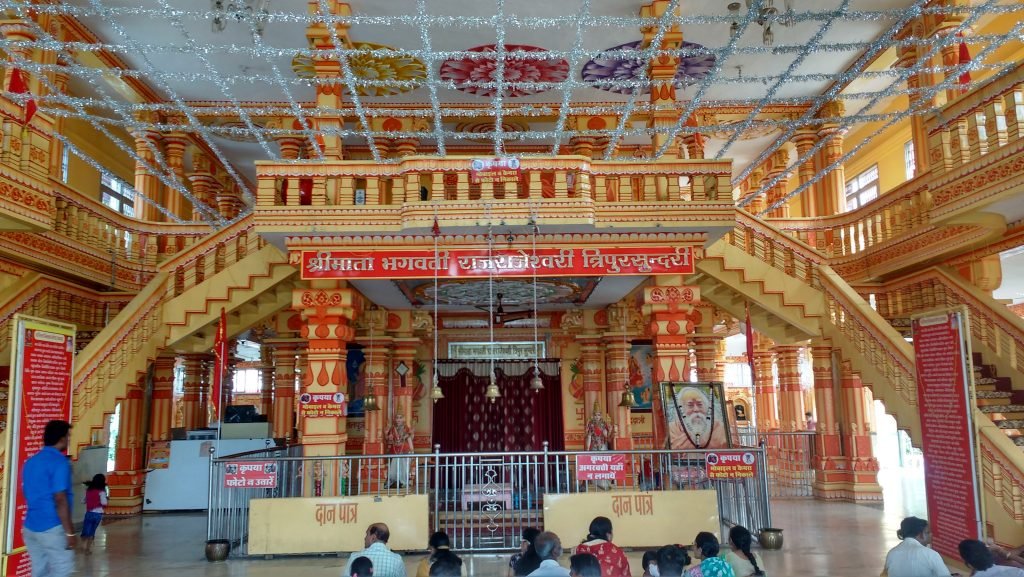
Jhoteswar Temple exists as a spiritual treasure discovered 15 kilometers away from Sridham Railway Station on the Mumbai–Howrah Central Railway track which unites natural surroundings with devoted tranquility. The sacred destination serves as a notable place of worship and delivers peaceful relaxation to those seeking serenity in India.
Jhoteswar Temple serves as a sacred place where Jagatguru Shankaracharya Jyotish holds a legendary position because he performs meditation and religious worship here. The temple acquires higher holiness through the combined effect of his divinity and spiritual might to attract religious practitioners seeking spiritual refuge from all parts of India.
Why Visit Jhoteswar?
- Visitors can attain spiritual joy among the natural beauty of the location.
- The temple houses remarkable ancient architectural designs together with religious sacred stones
- Participation in the active spiritual cultural festival during Basant Panchami represents another attractive reason to visit.
- Saints through history have followed meditation as a way to reach inner peace at this religious site.
Related articles : Best Places Visiting in Narmadapuram – Temples, Waterfalls & Wildlife Escapes
Stay Informed With the Latest & Most Important News
Previous Post
Next Post
-
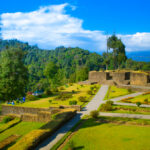 01Top 5 Best Places Visiting in Gyalshing – Monasteries, Lakes & Scenic Escapes
01Top 5 Best Places Visiting in Gyalshing – Monasteries, Lakes & Scenic Escapes -
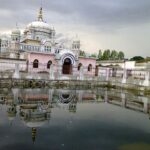 02Top 5 Best Places Visiting in Panna – Temples, Waterfalls & Wildlife Escapes
02Top 5 Best Places Visiting in Panna – Temples, Waterfalls & Wildlife Escapes -
 03Top 5 Best Places to Visit in Malerkotla – Malerkotla Fort, Sheesh Mahal & More
03Top 5 Best Places to Visit in Malerkotla – Malerkotla Fort, Sheesh Mahal & More -
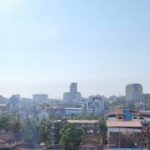 04Top 10 Best Places Visiting in Dakshina Kannad for Culture, Nature & Coastal Charm
04Top 10 Best Places Visiting in Dakshina Kannad for Culture, Nature & Coastal Charm -
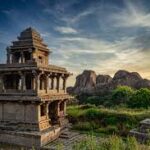 05Top 2 Best Places Visiting in Chitradurga for History, Nature & Adventure
05Top 2 Best Places Visiting in Chitradurga for History, Nature & Adventure -
 06Best Places Visiting in Shopian – Explore Top Attractions & Hidden Gems
06Best Places Visiting in Shopian – Explore Top Attractions & Hidden Gems -
 07Best Places Visiting in Narmadapuram – Temples, Waterfalls & Wildlife Escapes
07Best Places Visiting in Narmadapuram – Temples, Waterfalls & Wildlife Escapes















Pingback: Top 3 Best Places Visiting in Neemuch – Temples, Forts & Nature Escapes